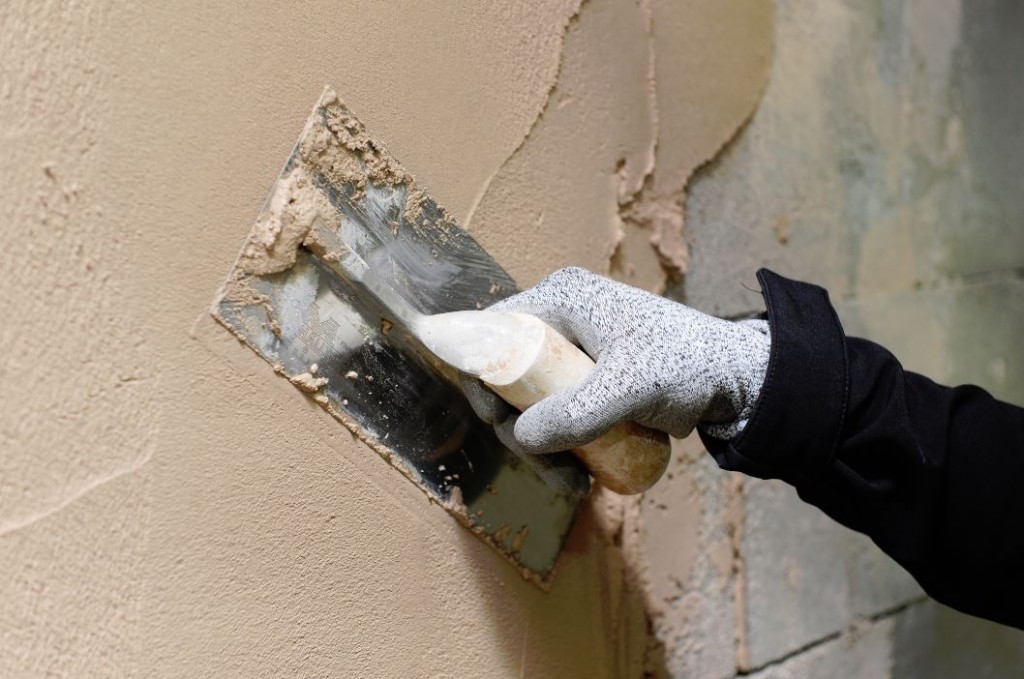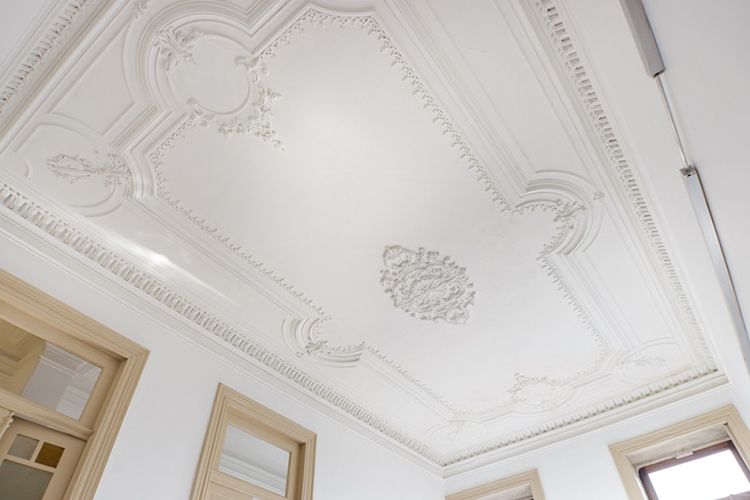Necessary Devices and Strategies for Specialist Plastering at Home
Necessary Devices and Strategies for Specialist Plastering at Home
Blog Article
A Comprehensive Overview to Mastering Plastering Abilities for Your Improvement Requirements

Important Tools and Products
In the world of plastering, having the right tools and materials is paramount to achieving a remarkable coating. Different important tools offer unique functions, guaranteeing effectiveness and accuracy throughout the plastering process. A premium trowel, for example, is essential for using and smoothing plaster, while a hawk supplies a stable system for holding the material. A joint blade is likewise vital for thorough job, specifically in edges and edges.
Along with tools, picking the best plastering products is vital. Gypsum-based plasters are frequently preferred for their adaptability and convenience of use, while cement-based choices are ideal for exterior applications because of their resilience. Water and bonding representatives play substantial roles in accomplishing appropriate uniformity and adhesion, guaranteeing that the plaster sticks properly to the surface.
Additionally, protective equipment such as safety glasses, masks, and gloves is vital to secure versus dirt and irritability during the application process. By putting together the best mix of devices and products, plasterers can boost their ability collection and generate high-quality finishes, ultimately elevating the overall craftsmanship of their work.
Preparing Surfaces for Plastering
Accomplishing a sturdy and smooth plaster coating starts with thorough prep work of the surface areas to be smudged. This foundational step is critical to ensuring bond and the long life of the plaster. Beginning by evaluating the condition of the substratum-- whether it is stonework, concrete, or drywall-- getting rid of any kind of loose paint, dust, or debris that might disrupt bonding.
Next, repair any kind of blemishes such as fractures or holes. Utilize an appropriate filler to achieve a degree surface area; this can be vital for stopping future problems. Once fixed, make sure the surface is dry and clean, as dampness can jeopardize plaster adherence.
For porous surfaces, it is a good idea to apply a bonding representative. This item enhances attachment and produces a trustworthy interface in between the plaster and substratum. If working with formerly plastered surfaces, it might be required to mess up or sand the area lightly to supply a secret for the new plaster layer.
Smudging Methods and Tips
Mastering gluing strategies requires both skill and technique to achieve a perfect coating. One essential method is the application of the plaster in numerous thin layers, rather than a single thick layer.
When using the finish layer, utilize a troweling method that entails holding the trowel at a slight angle and operating in a round motion. This assists to create a smooth surface area and minimizes the look of trowel marks. Furthermore, maintain a spray container of water handy to mist the surface lightly; this keeps the plaster convenient and permits for smoother ending up.
Timing is essential; work effectively, as the plaster begins to set. As soon as the plaster has actually tightened yet is still wet, make use of a wet sponge to gently smooth the surface further. Lastly, enable appropriate drying time before fining sand or paint, guaranteeing next your effort causes a specialist, top quality finish.
Common Mistakes to Avoid

An additional usual mistake is using plaster also heavily. Excitable applications can cause cracking and extended drying out times. It's vital to use plaster in slim, even layers, allowing each coat to dry adequately prior to including a lot more.
Furthermore, not utilizing the right tools can hinder the quality of the coating. Making use of unacceptable trowels or mixers can develop variances in the gluing process. Constantly choose top notch tools developed for plastering jobs.
Finally, numerous individuals take too lightly the value of timing. Operating in unsuitable temperature levels or humidity levels can detrimentally impact plaster treating and drying. It is suggested to examine weather condition problems and adjust your routine accordingly.
Ending Up Touches for a Professional Appearance
The final phases of a plastering job are critical for accomplishing a sleek, expert look. Once the plaster has actually dried out adequately, the following step is to evaluate the surface area for imperfections.
After sanding, it's advisable to clean up the surface area to remove any type of dirt and debris. A wet click this cloth works for this purpose, complied with by a thorough drying duration. If necessary, applying a slim layer of ending official site up plaster can boost the surface additionally, giving a seamless surface.
When the ending up plaster is completely dry, another round of fining sand might be needed to accomplish the wanted smoothness. Lastly, think about using a guide prior to painting or wallpapering, which will improve adhesion and sturdiness.
Verdict
Grasping smudging skills substantially improves the high quality of renovation jobs. A comprehensive understanding of necessary devices, surface area prep work, and reliable techniques is important for attaining professional outcomes.
Water and bonding representatives play considerable roles in accomplishing proper consistency and attachment, ensuring that the plaster sticks effectively to the surface area. Plastering.


Furthermore, keep a spray container of water handy to haze the surface gently; this maintains the plaster convenient and permits for smoother completing. (Plastering)
If essential, applying a slim layer of completing plaster can boost the surface better, supplying a smooth surface.
Report this page